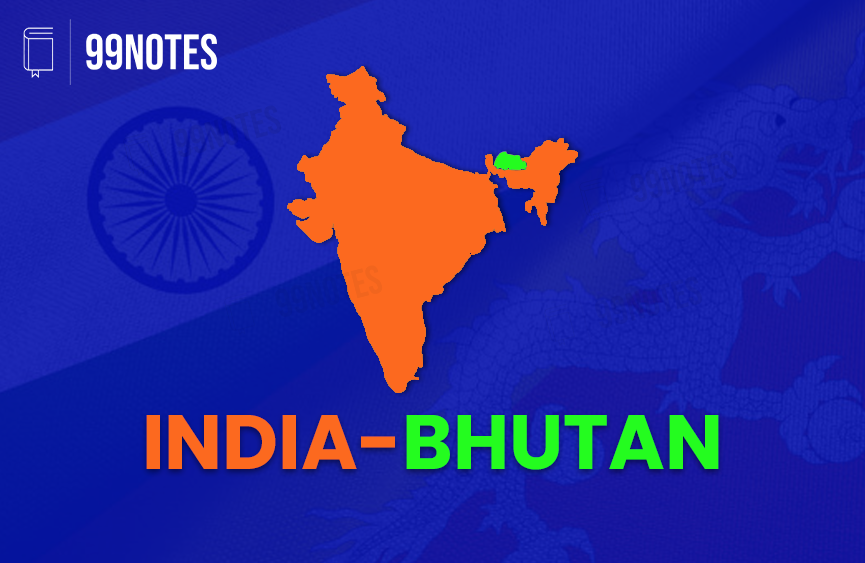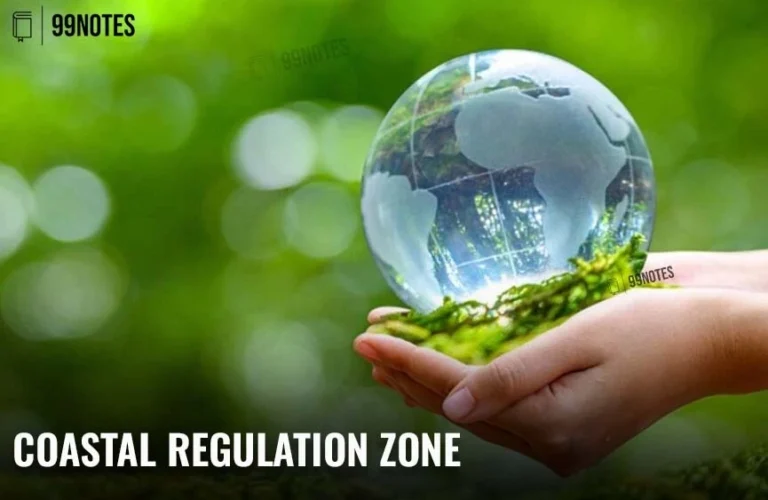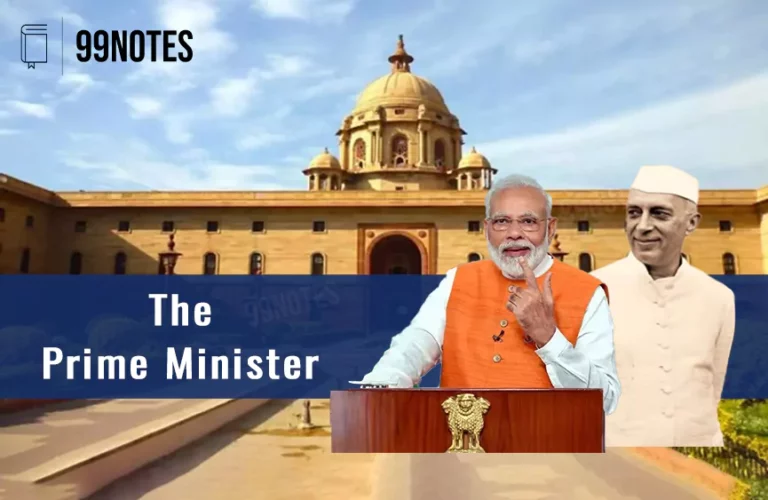India-Bhutan relations
India shares a 605-kilometer (376-mile) border with Bhutan. Both share unique and exemplary bilateral relations, which are based on mutual trust, goodwill, and understanding. The basic framework of India-Bhutan relations is the Treaty of Friendship and Cooperation signed in 1949 between the two countries, which was renewed in 2007.
Formal diplomatic relations between India and Bhutan were established in 1968. Since then, Bhutan has remained one of the most important partners in International relations for India. This is evident by the fact that in 2014, the PM Modi government chose Bhutan as its first country to visit after swearing in NDA-1.
Historical Background
Following the Chinese Expedition to Tibet in 1910, Bhutan became a protected state during the British Raj. It signed a treaty allowing the British Raj in India to “guide” its foreign affairs and defence.
| Bhutan’s relationship with India during the British Raj |
British sought to increase its trade with the Himalayan states like Tibet and Bhutan after developing itself in India as a major power. However, the old route to Tibet through Nepal was closed due to problems created by Gorkhas. Thus, Bhutan provided an alternate route to Tibet.
|

Bhutan was one of the first to recognize India’s independence in 1947. Both nations fostered close relations, signing a Standstill Agreement to maintain the existing relations and a treaty of friendship in 1949.
Their importance was augmented by the 1950 annexation of Tibet by the People’s Republic of China and China’s border claims on both Bhutan and India.
Treaty of Perpetual Friendship
Treaty of Perpetual Peace and Friendship
In 1949, India and Bhutan signed a Treaty of perpetual Peace and friendship, also known as the India-Bhutan Friendship Treaty. It gave a framework to our relationship.
- Bhutan was a protectorate of Britain before India’s independence that ensured its security. This 1949 treaty ensured that India remained responsible for its overall security. In this context, Bhutan had to seek India’s guidance on matters related to its foreign policy.
- In exchange, India promised not to interfere in the internal affairs of Bhutan and the latter would not import arms and ammunition (Article 2 of the Treaty).
Ever since India has extended development aid and protected Bhutan from any sort of external aggression.
However, this was often viewed as the surrender of sovereignty to India. Therefore, in 2007 this treaty.
2007 India-Bhutan Friendship Treaty
The treaty updated the relations in the following ways:
- Foreign policy: The treaty removed the requirement for Bhutan to seek India’s guidance on foreign policy, instead giving Bhutan more sovereignty.
- Arms imports: Bhutan is no longer required to get India’s permission to import arms.
- Trade: The treaty strengthened bilateral trade relations, and both countries agreed to cooperate in trade and commerce.
- Cooperation: The treaty established a close consultative mechanism between the two countries, and committed them to cooperate on national interests. For example:
- Neither Government will allow the use of its territory for activities harmful to the national security and interest of the other.
- Both governments allow free trade and commerce between our territories.
- Bhutanese subjects residing in Indian territories shall have equal justice with Indian subjects.
Areas of Cooperation
India and Bhutan share a unique and close relationship, characterized by mutual trust, cooperation, and respect. Their cooperation spans various areas, reflecting their strong bilateral ties.
Key areas of cooperation between India and Bhutan include:
Trade and Economic Ties:
India is Bhutan’s top trade partner both as an import source and as an export destination.
- Free Trade Agreement (FTA): A free trade regime between the two countries has been established through the India-Bhutan Agreement on Trade, Commerce and Transit signed in 1972 and revised most recently for the 5th time in 2016. This facilitates smooth cross-border trade and transit arrangements. The Agreement also provides for duty-free transit of Bhutanese exports to third countries.
Merchandise Trade:
India’s merchandise trade (excluding electricity) with Bhutan since 2014 has almost tripled from USD 484 million in 2014-15 to USD 1606 million in 2022-23
- India’s top exports to Bhutan are petrol and diesel, passenger cars, wood charcoal, Coke and semi-coke, cellphones, soya-bean oil, electric generators &motors, parts for turbines, transport vehicles, excavators, and bitumen.
- India’s top imports from Bhutan are Ferro-silicon, Dolomite chips, Portland pozzolana cement, Ferro-silico-manganese, Ordinary portland cement, Silicon Carbide, Cardamoms, betel nut, oranges, semi-finished products of iron or non-alloy steel, boulders, etc.
Investment:
The India-Bhutan Bilateral Investment Treaty provides a conducive framework for promoting investment flows and fostering private-sector engagement.
- India is the leading source of investments in Bhutan, comprising 50% of the country’s total FDI.
- There are about 30 Indian companies in Bhutan operating in various sectors – banking, electricity generation, manufacturing, agri/food processing, pharmaceuticals, ITES, hospitality, and education – such as PNB, SBI, Tata Power Company Ltd., General Insurance Corporation (GIC), Apollo Educational Infrastructure Services, Meghalaya Oxygen, etc.
- Initiatives such as the India-Bhutan Trade and Investment Promotion Agreement (BITPA) aim to strengthen economic ties and expand bilateral trade volumes.
- The Joint Working Group on Trade and Transit serves as a platform for regular consultations on trade-related issues.
Connectivity
- Recently, a trading post was established in the border region.
- India is also planning a railway project between Mujnai in West Bengal and Nyoenpaling in Bhutan.
P2P and Cultural Relations:
Religion:
- Both countries have deep religious ties. Guru Padmasambhava went from India to Bhutan and spread Buddhism there. Today, 75% of people are Buddhist, while 25% are Hindu.
- Bhutan has a deep devotion to Gyagar(Holy-land India) – fidelity embedded into the Bhutanese ethos by the wisdom of the 8th-century Indian leader and philosopher Padmasambhava, also known as Guru.
Cooperation in Education:
India offers scholarships, training programs, and educational opportunities for Bhutanese students and professionals.
- Nehru Wangchuk Scholarship: Bhutanese students are granted at the undergraduate level every year.
- India-Bhutan Foundation(2003): focuses on education, culture, scientific and technical research and environmental protection.
Indian Diaspora in Bhutan
The Indian diaspora in Bhutan contributes significantly to the country’s economy, society, and culture. Around 60,000 Indian nationals live in Bhutan, employed mostly in hydroelectric projects. In addition 8000-10000 ply daily between border towns for work.
This acts as a bridge between India and Bhutan, fostering cultural exchange and economic cooperation. The Indian government ensures the welfare and well-being of the Indian community in Bhutan.
Developmental Cooperation
India has been extending economic assistance to Bhutan’s socio-economic development since the early 1960s when Bhutan launched its Five Year Plans. India provides developmental assistance to Bhutan through grants, loans, and technical cooperation.
- India provides assistance to Bhutan for its five-year plan. For the 12th Five-Year Plan, India’s contribution of ₹4500 crores constitutes 73% of Bhutan’s total external grant component.
- 2nd Talks under the 13th FYP were held in March 2024, during the visit of Bhutan’s Foreign Secretary to India.
Focus areas include agriculture and irrigation development, infrastructure development, education, healthcare, and hydropower projects.
In fact, the Supreme Court of Bhutan was built with Indian aid for which the foundation was laid during the 2014 visit. It is a part of a larger Bhutan Modernisation project.
Hydropower Cooperation:
Hydro-power cooperation with Bhutan is an important pillar of bilateral economic cooperation. It is operated through the bilateral arrangement signed in 2006 and its Protocol signed in 2009.
- Four hydroelectric projects (HEPs) totalling 2136 MW are already operational in Bhutan and are supplying electricity to India. The Electricity exports to India provide 40% of Bhutan’s domestic revenue and 25% of its GDP.
- The 720 MW Mangdechhu was commissioned in August 2019 and handed over to Bhutan in December 2022. Two HEPs namely, 1200 MW Punatsangchhu-I, and 1020 MW Punatsangchhu-II in Inter-Governmental mode are under various stages of implementation.
- India’s imports of electricity from Bhutan amounted ₹2448 crores in 2022, as per the Government of Bhutan’s data.
Military Cooperation
- Eastern Army Command and the Eastern Air Command, both have integrated protection of Bhutan into their role.
- India has an Indian military Training Mission called IMTRAT (Indian Military Training Team), headed by a Major General in Bhutan. India provides training, equipment, and logistical support to the Bhutanese armed forces. This enhances their capabilities in border security and defence.
- Joint military exercises between the two countries are conducted regularly to promote strategic coordination. Shantir–Ogrosena, a multinational joint military exercise was conducted in 2021 in which Bhutan also participated.
- India’s assistance in strengthening Bhutan’s border management infrastructure has contributed to maintaining stability along the Indo-Bhutan border.
Security Cooperation:
- Operation All Clear: Conducted by Bhutan in 2003-04 to root out all insurgent groups including the United Liberation Front of Assam (ULFA), National Democratic Front of Bodoland (NDFB) and the Kamtapur Liberation Organization (KLO).
- Dokalam Plateau: India warded off Chinese threats and the issue was settled temporarily. [Issues with China discussed later on]
Regional and Multilateral Cooperation
Bhutan is a member of both SAARC and BIMSTEC and Bhutan is the only South Asian nation, other than India, not a part of OBOR.
Further, despite the removal of the requirement for Foreign policy guidance in the 2007 update of the India-Bhutan Friendship treaty, Bhutan conducts its foreign policy in close coordination with India.
- SAARC and BIMSTEC: India and Bhutan cooperate with regional organizations like the South Asian Association for Regional Cooperation (SAARC) and the Bay of Bengal Initiative for Multi-Sectoral Technical and Economic Cooperation (BIMSTEC).
- United Nations: Both countries collabourate on various issues at the United Nations, advocating for sustainable development and regional stability.
Issues in India-Bhutan relations
Normalizing Bhutan and China Relations:
In recent times, Bhutan has been focusing on normalising its relations with China. In October 2023, during the 25th round of border negotiations, both aimed at ending the decades-old territorial disputes. There is a dispute over the Doklam region a territory of Bhutan which China claims.
The China-Bhutan boundary talks are raising security concerns for India as they cover the trijunction near the crucial Siliguri Corridor that connects India’s northeast with the rest of the country. Any compromise by Bhutan over the Doklam Plateau will have security and Strategic implications for India since the plateau is the highest point in the region.
- It gives us a commanding view of the Chumbi Valley itself, which is the only pass in the region to enter into the Siliguri corridor.
- The security of the Siliguri corridor is uncompromisable as it is the single point of physical contact between North-Eastern India and mainland India.
- It proved its importance in 1967 border clashes that occurred at Nathu La and Cho La passes when the Chinese contested the Indian demarcations of the border on the Dongkya range. In the ensuing artillery fire, many Chinese fortifications were destroyed as the Indians controlled the high ground.
For China, diplomatic relations and dispute resolution with Bhutan are crucial for its status as an Asian power, and for improving its offensive position vis-a-vis India.
Other Concerns on Engagement with China:
- Bhutan may Join BRI (Belt and Road Initiative): India’s reservations about the BRI and its impact on the region, particularly in terms of sovereignty and debt implications, could cause friction given Bhutan’s strategic location.
- Economic Diversification:China’s exports to Bhutan have increased from Rs 200 crore in 2020 to Rs 1,500 crore in 2022.
Challenges in Economic cooperation:
- The Bangladesh, Bhutan, India, Nepal (BBIN) Motor Vehicle Agreement: Bhutan withheld its ratification of the agreement, citing environmental concerns. BBIN is asub-regional initiative to improve economic cooperation and connectivity while bypassing the complex political issues of
- Earlier Bhutan was interested in the connectivity project. However, due to environmental concerns, the Bhutanese Parliament rejected it.
Bhutan’s High Debt to India:
In his budget speech at the National Assembly, the Bhutanese Finance Minister warned that the external debt is about 110% of GDP, of which a staggering 80.1% of GDP (or 155 billion Nu, or $2.34 billion) is made up by hydropower debt mainly to India.
- In April, IMF’s world economic outlook had already put Bhutan at the top of South Asia in terms of the highest debt per capita, second only to Japan in all of Asia for indebtedness. The opposition parties in Bhutan criticise Bhutan as the “Greece of South Asia”.
- Rate of Interest is high: Bhutan’s external hydropower debt financed by India @ 9-10% rates was piling up. Construction delays were taking the debt up higher. This might provide a possible entry point to China.
- However, in 2019, more currency was made available to Bhutan through the SAARC Currency swap framework.
Pricing of Electricity:
Bhutan worries that the Cross Border Trade of Electricity (CBTE) guidelines, issued by India, do not benefit Bhutan. The concerns include:
- Lower prices: It asks for the revision of the power prices upwards. It had not been revised for a long time. According to the power ministry, India already has a power surplus, and its new renewable energy targets come from solar and wind energy, not hydropower. Moreover, given falling prices for energy all around, India could not sustain the Bhutanese demand that power tariffs be revised upwards.
- Restrictions: It puts several restrictions on Bhutanese companies selling power, and on allowing them access to the power exchange with Bangladesh.
Way Forward for the India-Bhutan Relations
- India’s Diplomatic Balancing: India needs to maintain a strategic silence, indicating it does not anticipate these developments to harm its interests.
- Maintain Trust and Goodwill: India and Bhutan are based on mutual trust, goodwill, and understanding, favouring India over China.
- Improving Security Cooperation: India’s deployment of the Military Training Team (IMTRAT) in Bhutan has been crucial for training Bhutanese security forces.
- Cultural and People-to-People Relations: Strengthening cultural ties through exchange programs, festivals, and educational initiatives can enhance people-to-people contact.
- Further Strengthening Economic Ties: India is the leading source of investments in Bhutan, comprising 50% of the country’s total Foreign Direct Investment (FDI), and needs to explore new sectors and products to diversify trade beyond the existing free trade agreement.
- India can invest in sectors like renewable energy, tourism, and technology while encouraging joint ventures and partnerships between Indian and Bhutanese companies.
India-Bhutan relations have remained strong and friendly, characterized by a deep sense of trust and understanding. Both countries must enhance connectivity which is a central pillar of India’s ‘Neighbourhood First and Act East Policy’







